Drawing Management Software 2024 – Comparison and the future
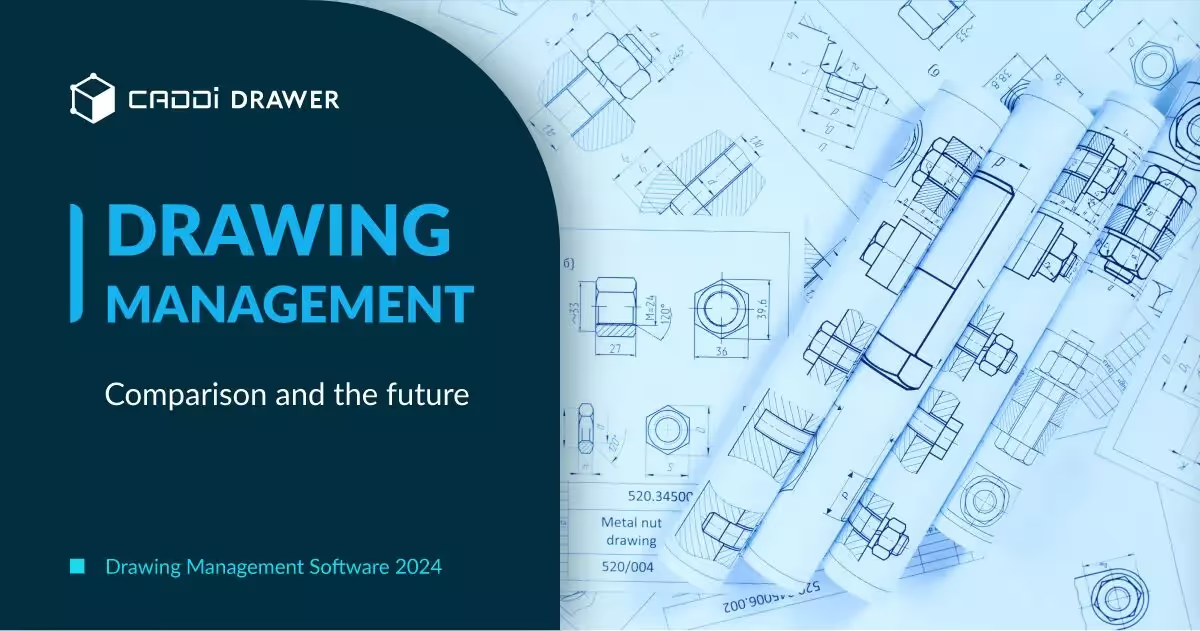
Table of Contents

What is Drawing Management Software?
Drawing management software is a specialized type of application designed to handle the creation, organization, and sharing of technical drawings and related documents. In essence, it serves as a central repository for engineering and design files, much like a library manages a collection of books. In this article, we will focus specifically on engineering drawing management software.
In a typical engineering project, teams deal with a multitude of files and collaborators. Drawing management software aims to address the common challenges that arise in such environments by offering the following features:
Centralized file storage: Keeps all drawings in one secure, easily accessible location.
Access control: Allows for the assignment of user roles and permissions to ensure the right people have access to the right documents.
Revision tracking: Enables users to view and manage drawing versions, helping them stay up-to-date with the latest changes.
Collaboration tools: Facilitates file sharing and feedback among team members, regardless of their location.
Integration capabilities: Connects with CAD applications, project management platforms, and other relevant tools.
Drawing management software has become a staple in organizations that deal with technical drawings, aiming to bring order to chaos and streamline workflows.
However, as we’ll explore later in this article, while these tools are widely adopted, there’s still significant room for improvement in terms of features, functionality, and user experience. As we delve deeper into the world of drawing management software, we’ll examine its current state and what the future might hold for this essential tool.
Drawing Management Software Comparison
With numerous drawing management software options available in the market, it can be challenging to determine which one best suits your organization’s needs. Let’s take a closer look at seven major players in this field, examining their features, pros, cons, and the types of companies they cater to.
1. Autodesk Vault
- Features: Integration with AutoCAD, revision control, file sharing, and data management.
- Pros: Seamless integration with Autodesk products, strong security features, and customizable workflows.
- Cons: Steep learning curve, high cost, and limited integration with non-Autodesk software.
- Suitable for: Large enterprises using Autodesk products extensively.
2. SolidWorks PDM
- Features: CAD file management, version control, workflow automation, and BOM management.
- Pros: Tight integration with SolidWorks, user-friendly interface, and robust revision control.
- Cons: Limited support for non-SolidWorks files and relatively expensive.
- Suitable for: Companies primarily using SolidWorks for their design needs.
3. PTC Windchill
- Features: Product lifecycle management, change management, and collaboration tools.
- Pros: Scalable solution, supports multiple CAD formats, and offers strong version control.
- Cons: Complex setup process, steep learning curve, and high cost.
- Suitable for: Large organizations with complex product development cycles.
4. Siemens Teamcenter
- Features: PLM capabilities, requirements management, and multi-CAD support.
- Pros: Comprehensive feature set, scalability, and robust security.
- Cons: High complexity, expensive, and requires significant IT resources.
- Suitable for: Large enterprises with diverse engineering teams and complex products.
5. Arena PLM
- Features: Product lifecycle management, supply chain collaboration, and quality management.
- Pros: Cloud-based, easy to implement, and offers robust document control.
- Cons: Limited CAD integrations and may not be suitable for complex engineering projects.
- Suitable for: Mid-sized companies with a focus on product lifecycle management.
6. Dassault Systèmes ENOVIA
- Features: Collaborative product development, 3D design management, and supply chain management.
- Pros: Powerful collaboration tools, supports multiple CAD formats, and offers robust version control.
- Cons: High complexity, expensive, and requires significant training.
- Suitable for: Large organizations with global teams and complex product development processes.
7. Synergis Adept
- Features: Document management, workflow automation, and integration with various CAD systems.
- Pros: User-friendly interface, customizable workflows, and strong file security.
- Cons: Limited PLM capabilities compared to some other solutions.
- Suitable for: Mid-sized companies looking for a document management solution with CAD integrations.
While each of these drawing management software has its strengths, they also come with their own set of drawbacks. Some may excel in specific areas but fall short in others, leaving room for improvement. As we move forward, it’s essential to consider how these tools can evolve to better meet the needs of modern engineering teams and address the shortcomings that users face today.
Challenges and Solutions in Drawing Management Software
As engineering teams grapple with the complexities of modern product development, they often encounter various challenges related to drawing management. Let’s take a closer look at some of these challenges and explore potential solutions.
1: Collaboration and Communication
Problem: Ineffective collaboration and communication among team members can lead to errors, delays, and rework.
Solution: Cloud-based platforms like Autodesk BIM 360 and Onshape offer real-time collaboration features, allowing teams to work together seamlessly, regardless of their location.
2: Version Control and Change Management
Problem: Keeping track of multiple versions of drawings and managing changes can be a daunting task, leading to confusion and inconsistencies.
Solution: Drawing management software like SolidWorks PDM and PTC Windchill provide robust version control and change management features. These tools ensure that teams are always working with the latest version of a drawing and can easily track and manage changes throughout the product development lifecycle.
3: Integration with Other Systems
Problem: Lack of integration between drawing management software and other tools, such as CAD systems and PLM platforms, can hinder productivity and lead to data silos.
Solution: Many drawing management solutions, like Siemens Teamcenter and Dassault Systèmes ENOVIA, offer extensive integration capabilities with various CAD systems and other enterprise software. This enables seamless data exchange and streamlines workflows.
4: Limited Search Capabilities
Problem: Traditional drawing management software, including PDM systems, often require users to navigate through complex directory structures or specify exact drawing numbers to locate files, which can be time-consuming and inefficient.
Solution: Innovative solutions like CADDi Drawer offer advanced search features, such as keyword search, similarity search, and image search, which greatly improve the efficiency of locating and accessing drawings. These powerful search capabilities enable engineers to quickly find the information they need, streamlining their workflow and reducing the time spent on mundane tasks.
Future Outlook for Drawing Management Software
In recent years, drawing management software has evolved to address the growing needs of engineering teams. Cloud-based solutions have gained popularity, enabling better collaboration and accessibility. Additionally, the integration of AI and machine learning has started to make its way into drawing management, automating tasks and improving search capabilities.
Looking ahead, the future of drawing management software is expected to be shaped by several factors. As remote work becomes more prevalent, cloud-based solutions will continue to dominate, ensuring seamless access to drawings from anywhere. The increasing complexity of product development will drive the need for more advanced data management methods, such as the aggregation and linking of siloed data, to provide a holistic view of product information .
Moreover, the utilization of unstructured data, such as images and documents, will become increasingly important. Solutions that can effectively manage and extract insights from this data will be in high demand. The adoption of AI-powered features, like those offered by CADDi Drawer, will continue to grow.
What is Drawing Management Software?
Drawing management software is a specialized type of application designed to handle the creation, organization, and sharing of technical drawings and related documents. In essence, it serves as a central repository for engineering and design files, much like a library manages a collection of books. In this article, we will focus specifically on engineering drawing management software.
In a typical engineering project, teams deal with a multitude of files and collaborators. Drawing management software aims to address the common challenges that arise in such environments by offering the following features:
Centralized file storage: Keeps all drawings in one secure, easily accessible location.
Access control: Allows for the assignment of user roles and permissions to ensure the right people have access to the right documents.
Revision tracking: Enables users to view and manage drawing versions, helping them stay up-to-date with the latest changes.
Collaboration tools: Facilitates file sharing and feedback among team members, regardless of their location.
Integration capabilities: Connects with CAD applications, project management platforms, and other relevant tools.
Drawing management software has become a staple in organizations that deal with technical drawings, aiming to bring order to chaos and streamline workflows.
However, as we’ll explore later in this article, while these tools are widely adopted, there’s still significant room for improvement in terms of features, functionality, and user experience. As we delve deeper into the world of drawing management software, we’ll examine its current state and what the future might hold for this essential tool.
Drawing Management Software Comparison
With numerous drawing management software options available in the market, it can be challenging to determine which one best suits your organization’s needs. Let’s take a closer look at seven major players in this field, examining their features, pros, cons, and the types of companies they cater to.
1. Autodesk Vault
- Features: Integration with AutoCAD, revision control, file sharing, and data management.
- Pros: Seamless integration with Autodesk products, strong security features, and customizable workflows.
- Cons: Steep learning curve, high cost, and limited integration with non-Autodesk software.
- Suitable for: Large enterprises using Autodesk products extensively.
2. SolidWorks PDM
- Features: CAD file management, version control, workflow automation, and BOM management.
- Pros: Tight integration with SolidWorks, user-friendly interface, and robust revision control.
- Cons: Limited support for non-SolidWorks files and relatively expensive.
- Suitable for: Companies primarily using SolidWorks for their design needs.
3. PTC Windchill
- Features: Product lifecycle management, change management, and collaboration tools.
- Pros: Scalable solution, supports multiple CAD formats, and offers strong version control.
- Cons: Complex setup process, steep learning curve, and high cost.
- Suitable for: Large organizations with complex product development cycles.
4. Siemens Teamcenter
- Features: PLM capabilities, requirements management, and multi-CAD support.
- Pros: Comprehensive feature set, scalability, and robust security.
- Cons: High complexity, expensive, and requires significant IT resources.
- Suitable for: Large enterprises with diverse engineering teams and complex products.
5. Arena PLM
- Features: Product lifecycle management, supply chain collaboration, and quality management.
- Pros: Cloud-based, easy to implement, and offers robust document control.
- Cons: Limited CAD integrations and may not be suitable for complex engineering projects.
- Suitable for: Mid-sized companies with a focus on product lifecycle management.
6. Dassault Systèmes ENOVIA
- Features: Collaborative product development, 3D design management, and supply chain management.
- Pros: Powerful collaboration tools, supports multiple CAD formats, and offers robust version control.
- Cons: High complexity, expensive, and requires significant training.
- Suitable for: Large organizations with global teams and complex product development processes.
7. Synergis Adept
- Features: Document management, workflow automation, and integration with various CAD systems.
- Pros: User-friendly interface, customizable workflows, and strong file security.
- Cons: Limited PLM capabilities compared to some other solutions.
- Suitable for: Mid-sized companies looking for a document management solution with CAD integrations.
While each of these drawing management software has its strengths, they also come with their own set of drawbacks. Some may excel in specific areas but fall short in others, leaving room for improvement. As we move forward, it’s essential to consider how these tools can evolve to better meet the needs of modern engineering teams and address the shortcomings that users face today.
Challenges and Solutions in Drawing Management Software
As engineering teams grapple with the complexities of modern product development, they often encounter various challenges related to drawing management. Let’s take a closer look at some of these challenges and explore potential solutions.
1: Collaboration and Communication
Problem: Ineffective collaboration and communication among team members can lead to errors, delays, and rework.
Solution: Cloud-based platforms like Autodesk BIM 360 and Onshape offer real-time collaboration features, allowing teams to work together seamlessly, regardless of their location.
2: Version Control and Change Management
Problem: Keeping track of multiple versions of drawings and managing changes can be a daunting task, leading to confusion and inconsistencies.
Solution: Drawing management software like SolidWorks PDM and PTC Windchill provide robust version control and change management features. These tools ensure that teams are always working with the latest version of a drawing and can easily track and manage changes throughout the product development lifecycle.
3: Integration with Other Systems
Problem: Lack of integration between drawing management software and other tools, such as CAD systems and PLM platforms, can hinder productivity and lead to data silos.
Solution: Many drawing management solutions, like Siemens Teamcenter and Dassault Systèmes ENOVIA, offer extensive integration capabilities with various CAD systems and other enterprise software. This enables seamless data exchange and streamlines workflows.
4: Limited Search Capabilities
Problem: Traditional drawing management software, including PDM systems, often require users to navigate through complex directory structures or specify exact drawing numbers to locate files, which can be time-consuming and inefficient.
Solution: Innovative solutions like CADDi Drawer offer advanced search features, such as keyword search, similarity search, and image search, which greatly improve the efficiency of locating and accessing drawings. These powerful search capabilities enable engineers to quickly find the information they need, streamlining their workflow and reducing the time spent on mundane tasks.
Future Outlook for Drawing Management Software
In recent years, drawing management software has evolved to address the growing needs of engineering teams. Cloud-based solutions have gained popularity, enabling better collaboration and accessibility. Additionally, the integration of AI and machine learning has started to make its way into drawing management, automating tasks and improving search capabilities.
Looking ahead, the future of drawing management software is expected to be shaped by several factors. As remote work becomes more prevalent, cloud-based solutions will continue to dominate, ensuring seamless access to drawings from anywhere. The increasing complexity of product development will drive the need for more advanced data management methods, such as the aggregation and linking of siloed data, to provide a holistic view of product information .
Moreover, the utilization of unstructured data, such as images and documents, will become increasingly important. Solutions that can effectively manage and extract insights from this data will be in high demand. The adoption of AI-powered features, like those offered by CADDi Drawer, will continue to grow.
Ready to see CADDi Drawer in action? Get a personalized demo.
Subscribe to our Blog!
Related Resources
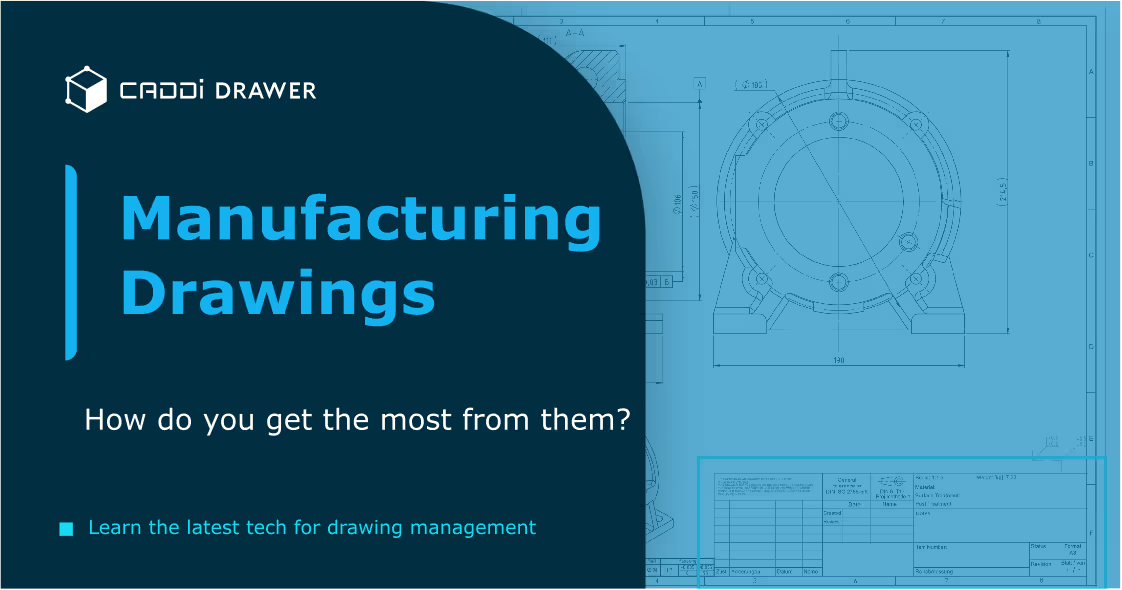

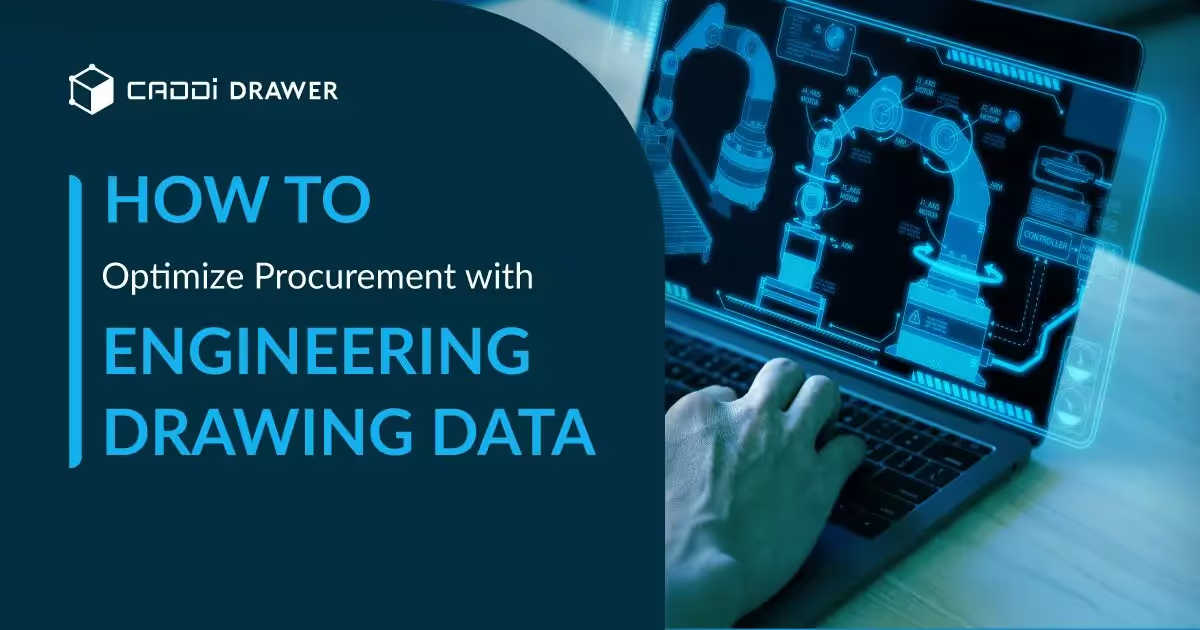

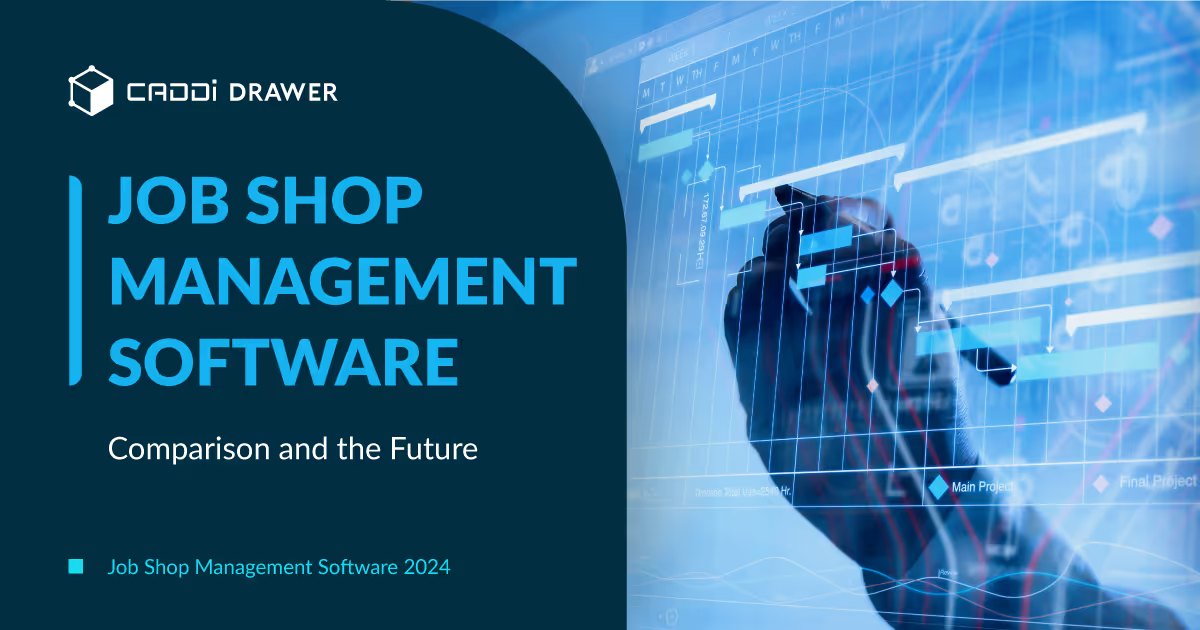



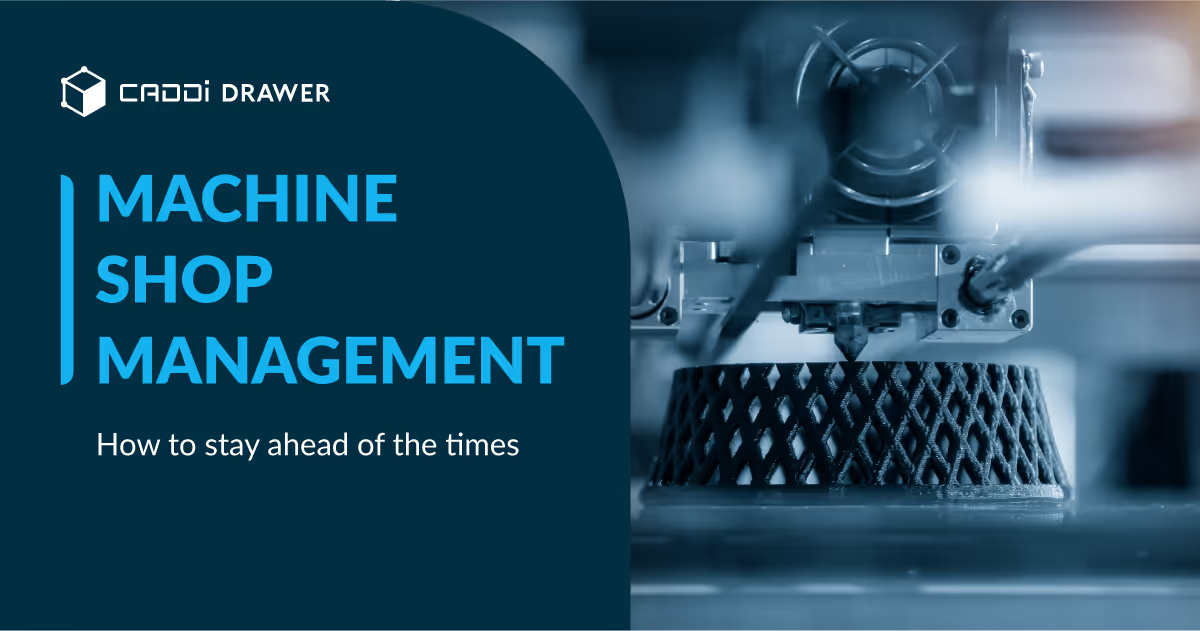

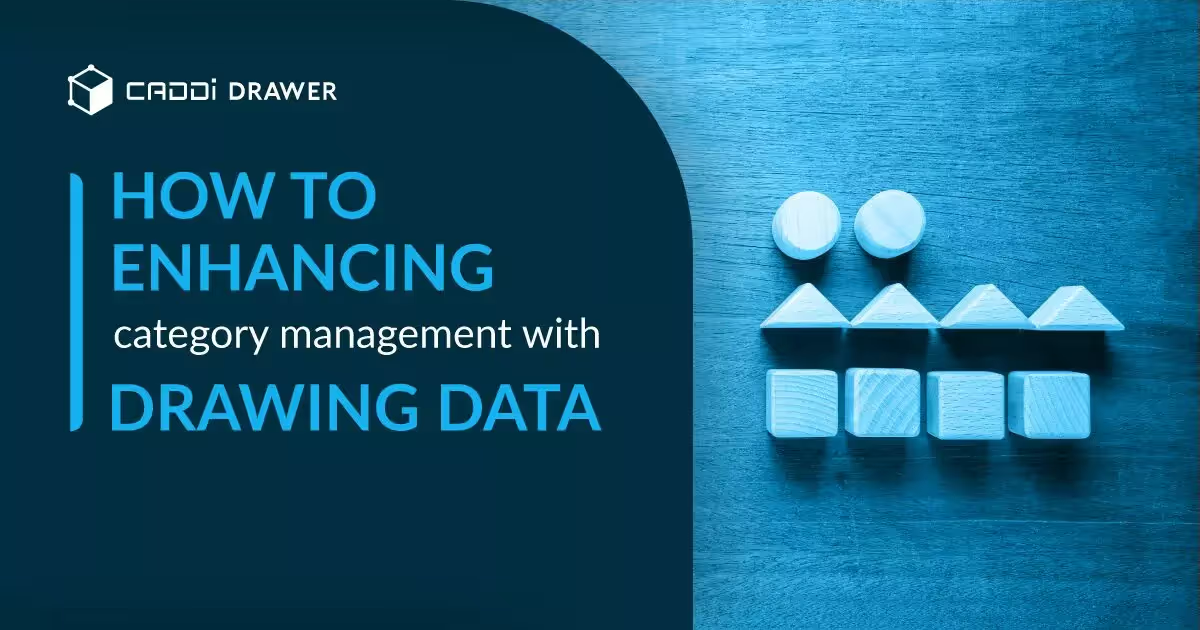

.svg)



.svg)
.svg)
.svg)


